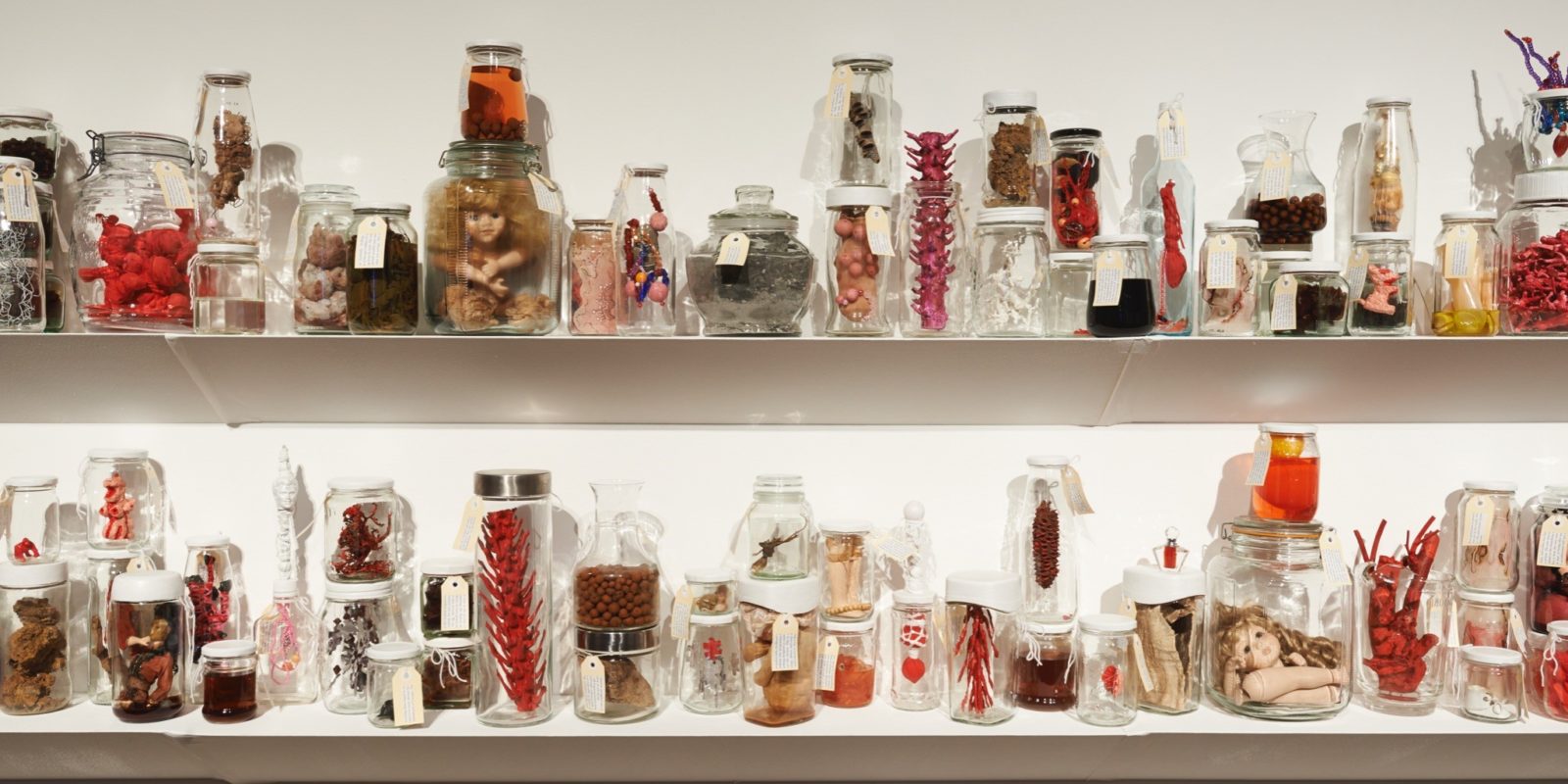12th Berlin Biennale | Top Artist picks by Shalini Passi
The 12th edition of the Berlin Biennale takes place from 8th-12th September, at six venues in Berlin, curated by Kader Attia. The Biennale is a poignant inquiry of the decolonial engagements that have manifested in the personal artistic practices in the last two decades. Attia collaborated with Ana Teixeira Pinto, Đỗ Tường Linh, Marie Helene Pereira, Noam Segal, and Rasha Salti in order to bring a more diverse approach in highlighting the cultural and societal nuances presented in the artworks. The Biennale is inherently devoted to discursive spaces bringing together artists and theoreticians from varied cultural backgrounds facilitating narratives which shape the sociological and cultural ethos of the current art spaces.
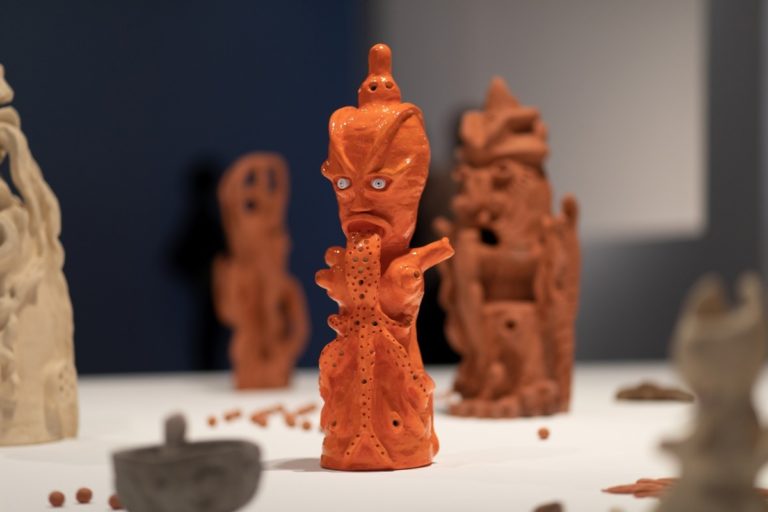
1) Mai Nguyễn-Long
The Vomit Girl series at the Biennale transverses through the themes of migration, and loss of voice that stems from the artist’s hybrid identity. The recurring vomit motif elaborates on the inability to explain, exclusion, and rejection that fosters feelings of incomprehensible loneliness. Inspired by rustic Vietnamese architecture, she has employed the medium of clay to create various manifestations of vomit girl, also symbolizing resistance and facets of Vietnamese spirituality.
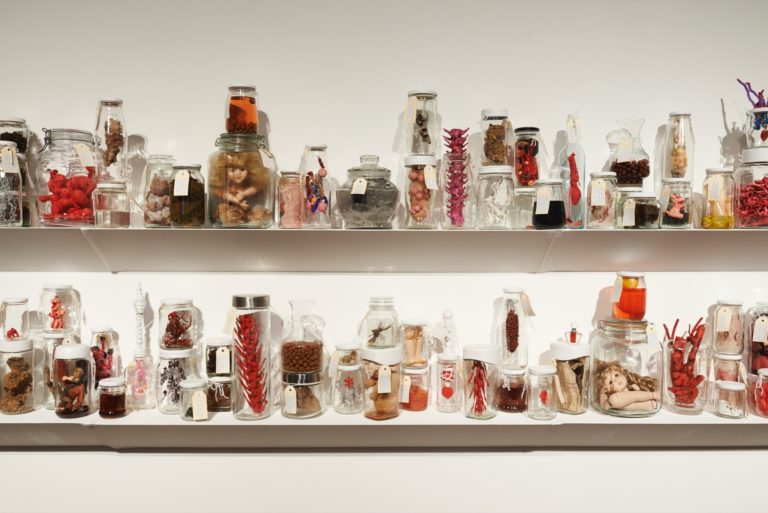
Her installation Specimen delves into forgotten Vietnamese history of the Agent Orange disaster. Evoking a sense of remembrance. Long’s works unearth the miscellaneous socio-political events from the cultural and social history of Vietnam.
2) Imani Jacqueline Brown
Brown’s video installation What remains at the ends of the Earth? captures the heavily industrialized wetlands and coastal regions of Louisiana, the effects of invasive infrastructures on the microecologies of the region and the resulting breakdown. Brown’s artistic practice observes the historical relationship between land and its people, the social and political histories witnessed in the changing functionality of these landscapes.
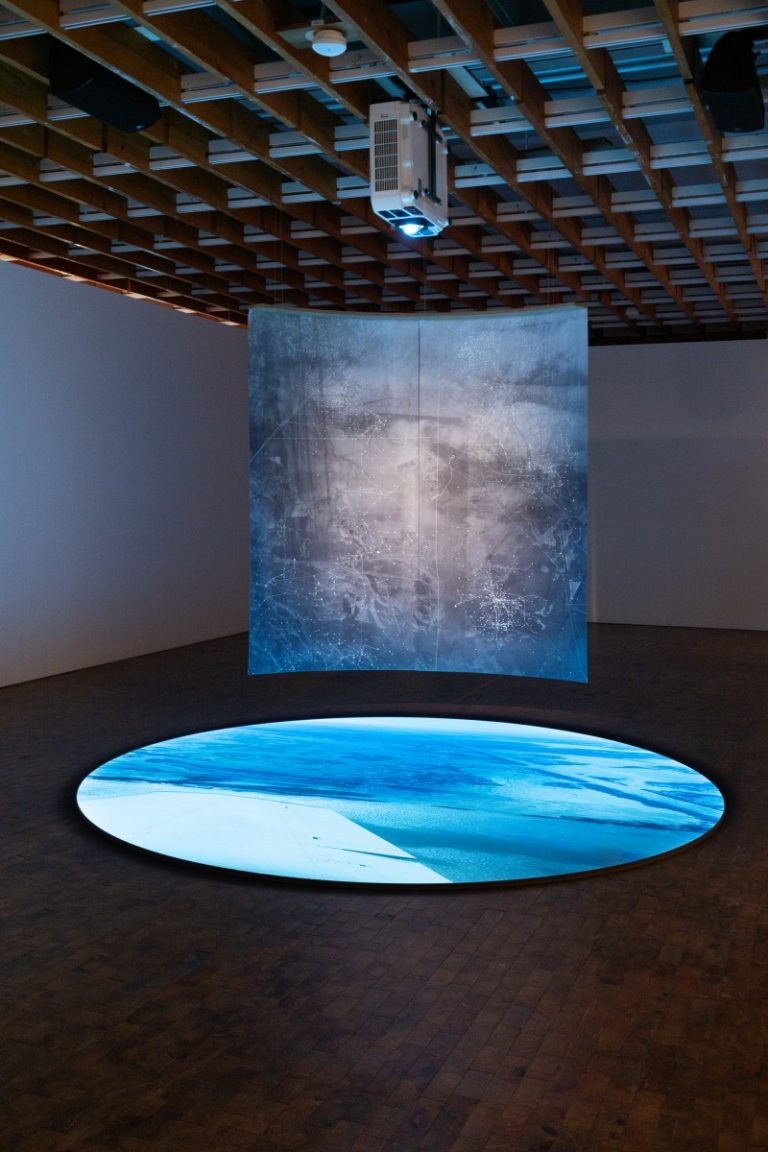
3) Monica de Miranda
Monica de Miranda turns the geographical territories into artifacts of remembrance via her film Path to the Stars. Inspired by the poem, “O Caminho das Estrelas” (The Pathway to Stars, 1953), written by Agostinho Neto, a freedom fighter and former president of Angola, Miranda’s film is an ode to the unsung heroes of Angolan independence struggle, prominently highlighting the women who were involved in the resistance movement. Her work traces the symbolism of river Kwanza, its relationship with resistance of the past, memories surviving in the present and the hope of healing for future.
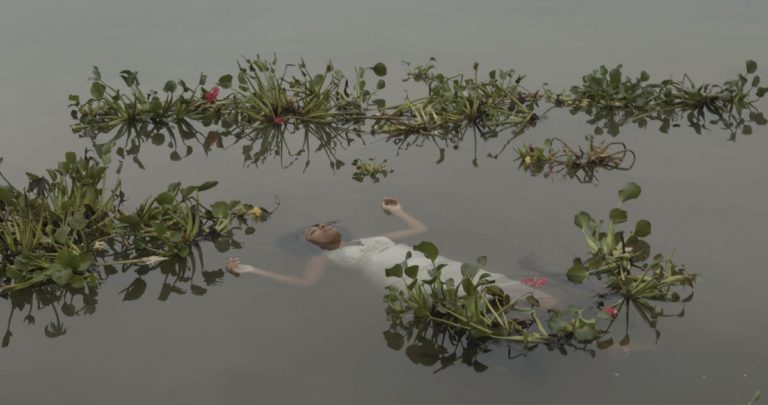
4) Tammy Nguyen
Tammy Nguyen’s paintings delineate the historical impacts of Western philosophies of Catholicism in Vietnam, and creation of the spiritual identity that is shaped through these colonial narratives. The chromatic figurations are inspired by the landscape of Catholic park in the Vietnamese refugee camp on Pulau Galang, a small island of Riau archipelago in Indonesia. Nguyen has incorporated the Christian spiritualism in the form of tropical landscapes, emulating the Christian scholar Origen philosophies. The compositions visualize the known anecdotes from Christ’s life, synthesized in an imagery that captivates Nguyen’s identity and notions of home
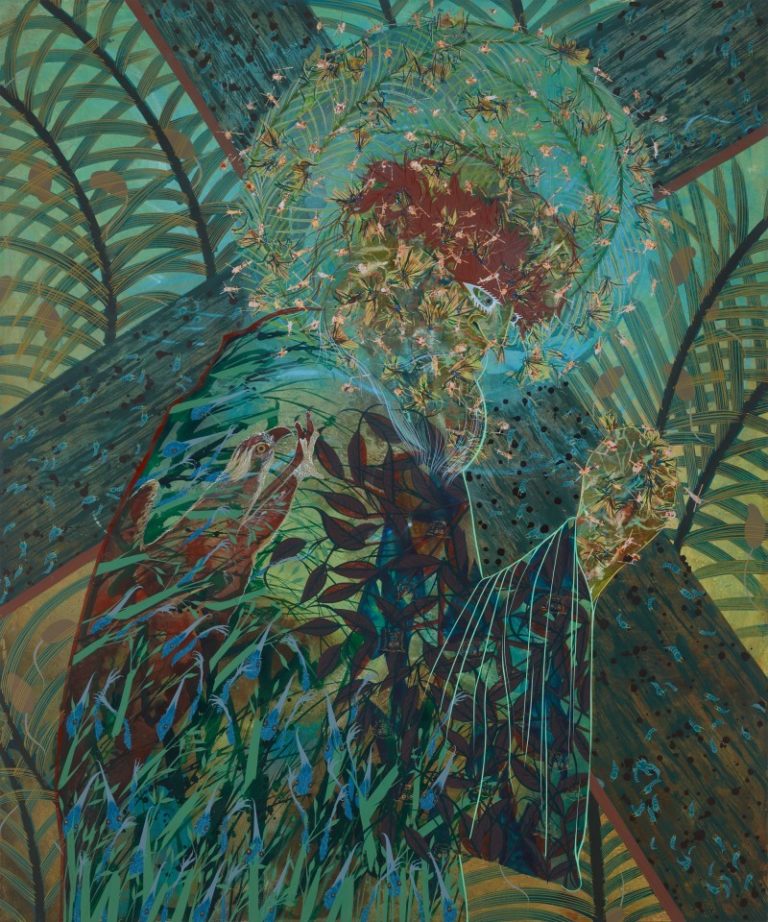
5) Thuy-Han Nguyen-Chi
An imagery drenched in surreal landscapes of memories and materiality of imagination, Nguyen-Choi’s The Undreamt of Sail is Watered by the White Wind of the Abyss serves as a visual foray into the themes of cinema, fiction and memory. Co-directed with Thuyen Hoa, the artists’s mother, the installation charts the figments of her journey from Vietnam to Thailand and then to Germany to flee American war in Vietnam, transforming the biographical accounts as motifs. The multiple juxtapositions of photograph and projection, hospital bed and boat, oxygen mask, and fire extinguisher are visual poems accentuated by the bluescreen in the background.
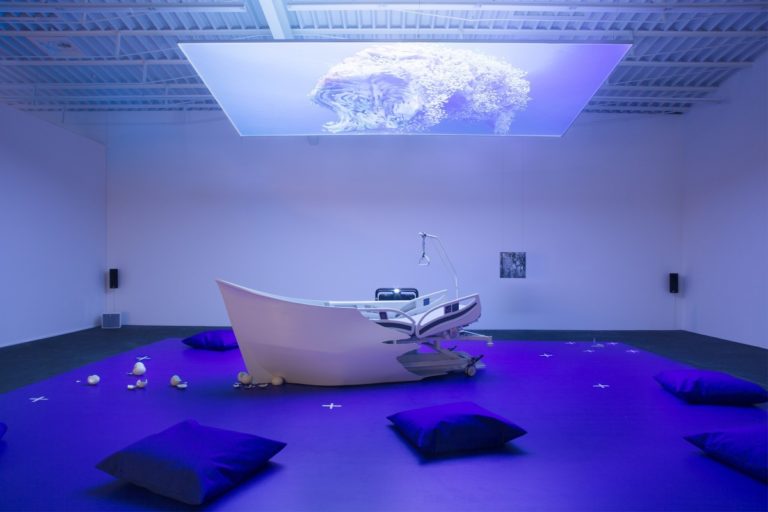
6) Elske Rosenfeld
The video installations inquire about the hegemonic evolutions in the fabric of German democracy resulting from 1989/90 revolutions. Rosenfeld’s film is an exploration of the political documents and archives, highlighting the conversations recorded at the RoundTable, rewinding and fast-forwarding the footage to amplify the impact of resistance on the German political climate. Her gaze also captures recent German revolutions, chronicling the history of resistance, revolution, and rebellion.
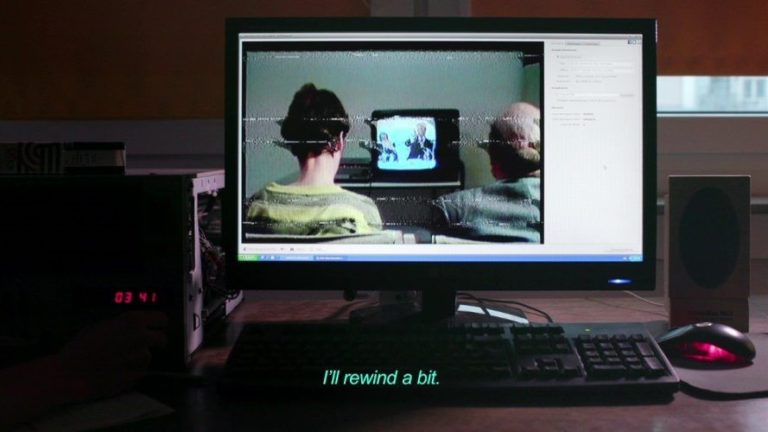
Text by Shalini Passi
Image Courtesy: Berlin Biennale, Artists, dotgain.info, Silke Briel, Jahmek Contemporary Art, Chris Gardner, Lehmann Maupin, Jens Franke
Find out more about the Biennale and the Artists
https://12.berlinbiennale.de/about/
https://12.berlinbiennale.de/artists/mai-nguyen-long/
https://12.berlinbiennale.de/artists/imani-jacqueline-brown/
https://12.berlinbiennale.de/artists/monica-de-miranda/
https://12.berlinbiennale.de/artists/tammy-nguyen/

